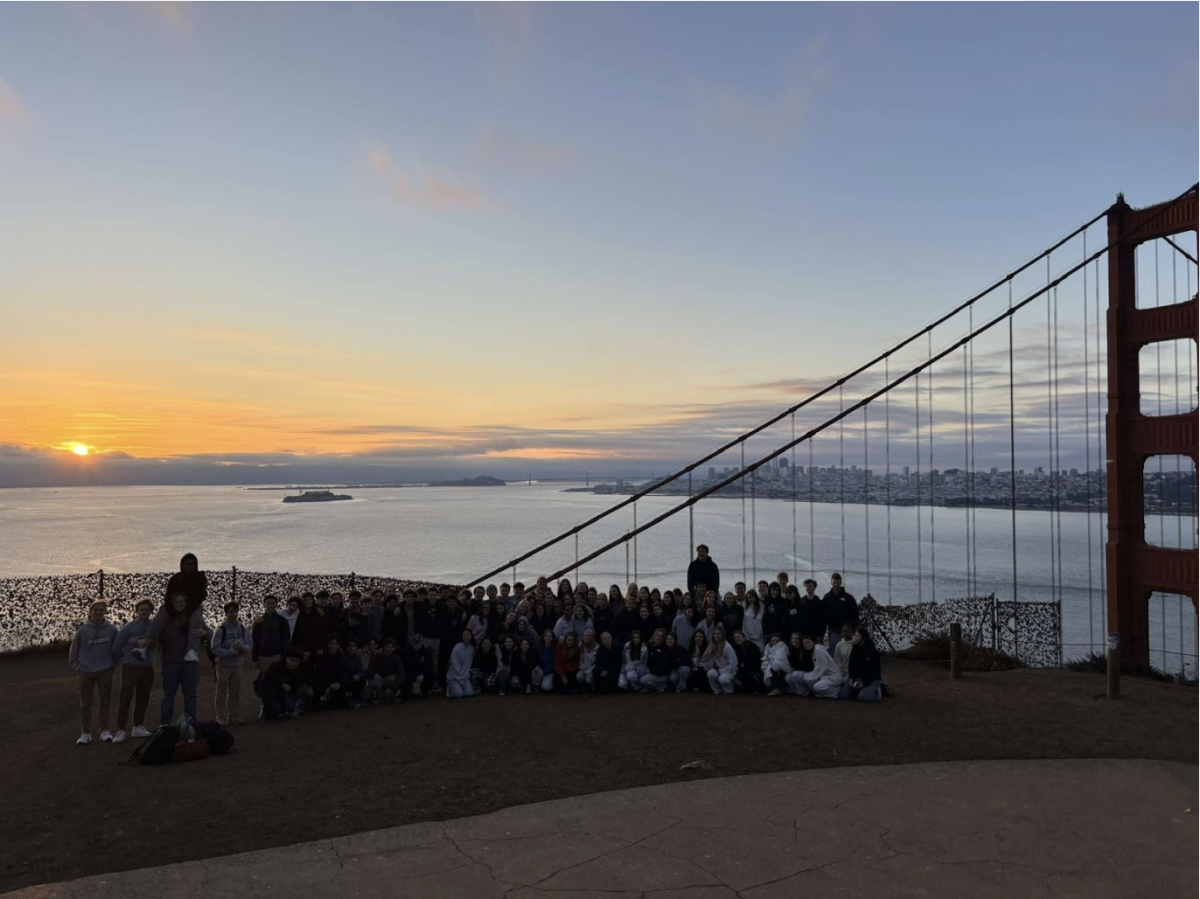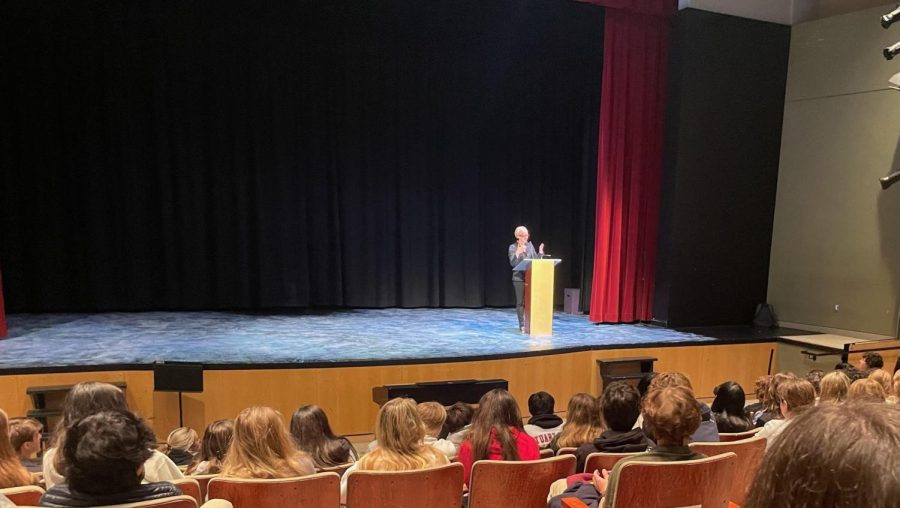Emily Bloch
Reporter
In a world where box-office hits and indie sensations are readily accessible online, around the corner at a neighborhood Redbox or streaming straight to the comfort of ones home, driving 20 minutes to a movie theater is becoming a thing of the past.
However, almost immediately after a notice was posted in the box office window of the Landmark Clay Theater on Fillmore street, announcing that Aug. 29 would be the theater’s final day, Art Persyko, a resident of the neighborhood appeared before the city’s Historic Preservation Commission to raise awareness of the venue’s situation.
Everybody “is committed to keeping it as a theater” building owner Balgobund Jaiswal said in a letter to the community.
“We are trying to find a long-term solution, rather than being back in the same situation in two years,” Jaiswal said.
The landlord of The Clay has come to an agreement with Landmark Theater on keeping the historic building running for the short term, while future plans are being negotiated. Finding an economically reasonable solution could be difficult despite community support, as residents find more convenient ways to watch movies.
“I rarely go to movies at the Clay,” senior Katie Shulman said of the theater that is less than 300 feet from her front door. “Sometimes my parents will go see a foreign film there, but usually they don’t have the movies I want to see so it’s not worth leaving my house for.”
Chris Hatfield, Jaiswal’s lawyer and manager, said he hopes The Film Society, who sponsors San Francisco’s International Film Festival and programs a year-round screening at the Sundance Kabuki Cinemas in Japantown, can take over, but no deals have officially been made.
Discussions about the future of the Clay Theater began after Landmark Theaters realized last December it could no longer afford to operate the distinguished theater, which has been showing foreign and historic films for 100 years.
A neighborhood rally in support of the Clay was held three weeks ago across the street from the theater at Long Bar, where leaders of the Film Society and Jaiswal spoke about their concerns and brainstormed solutions.
Part of the problem is theaters are locked into contract schedules with distributors and do not have alternatives to fall back on if a movie fails, something that larger chain theaters can manage but could be potentially devastating to a mom and pop theater like the Clay.
The Castro Theater, similar to The Clay and other single-screen theaters, is failing financially because of the competing factor of Netflix, on demand, dvr and movie rental stores.
“I don’t ever go there, I’d much rather just watch a movie on my computer,” Shulman said, “but that doesn’t mean I want the neighborhood to lose it’s history either.”





















